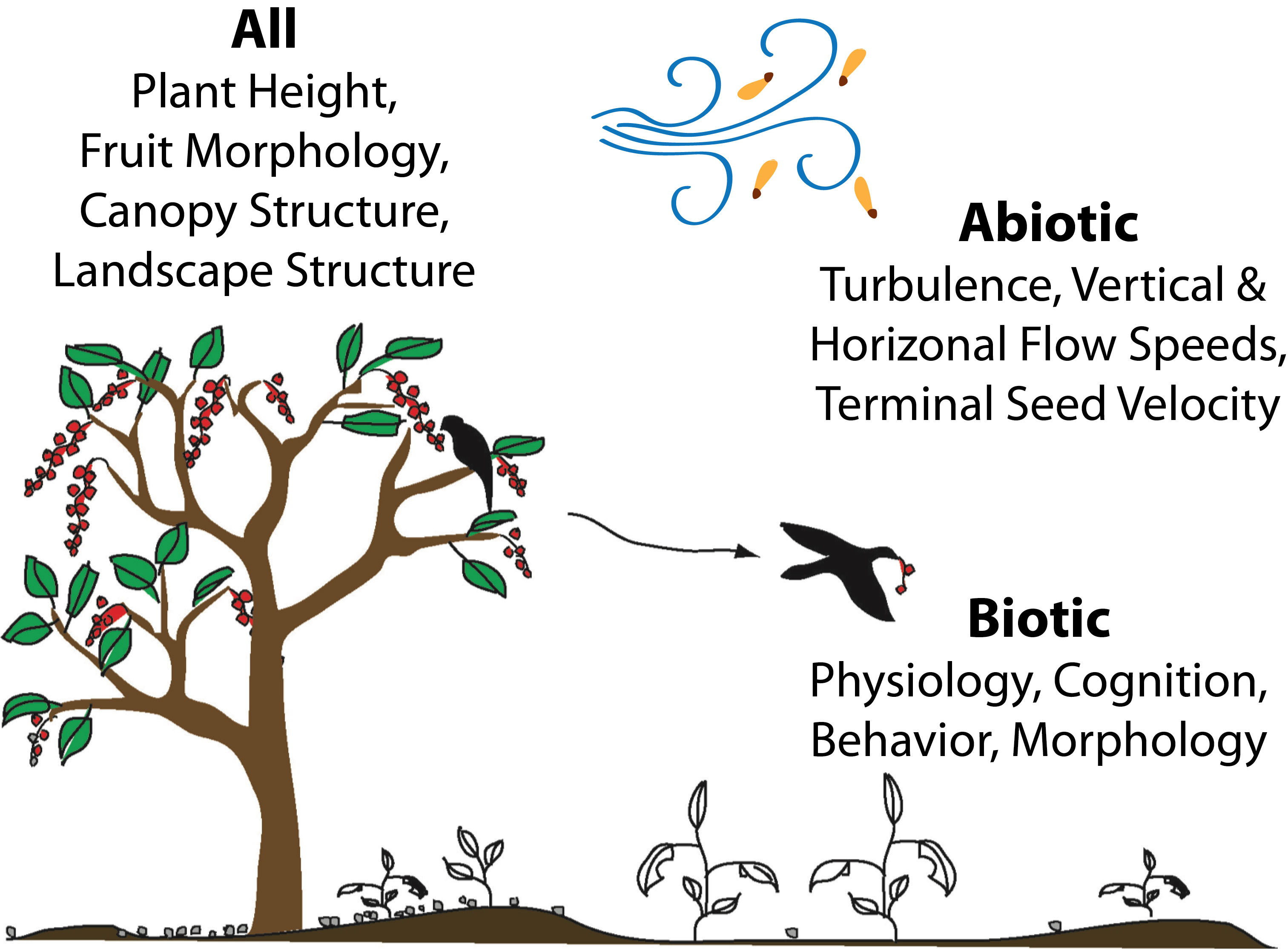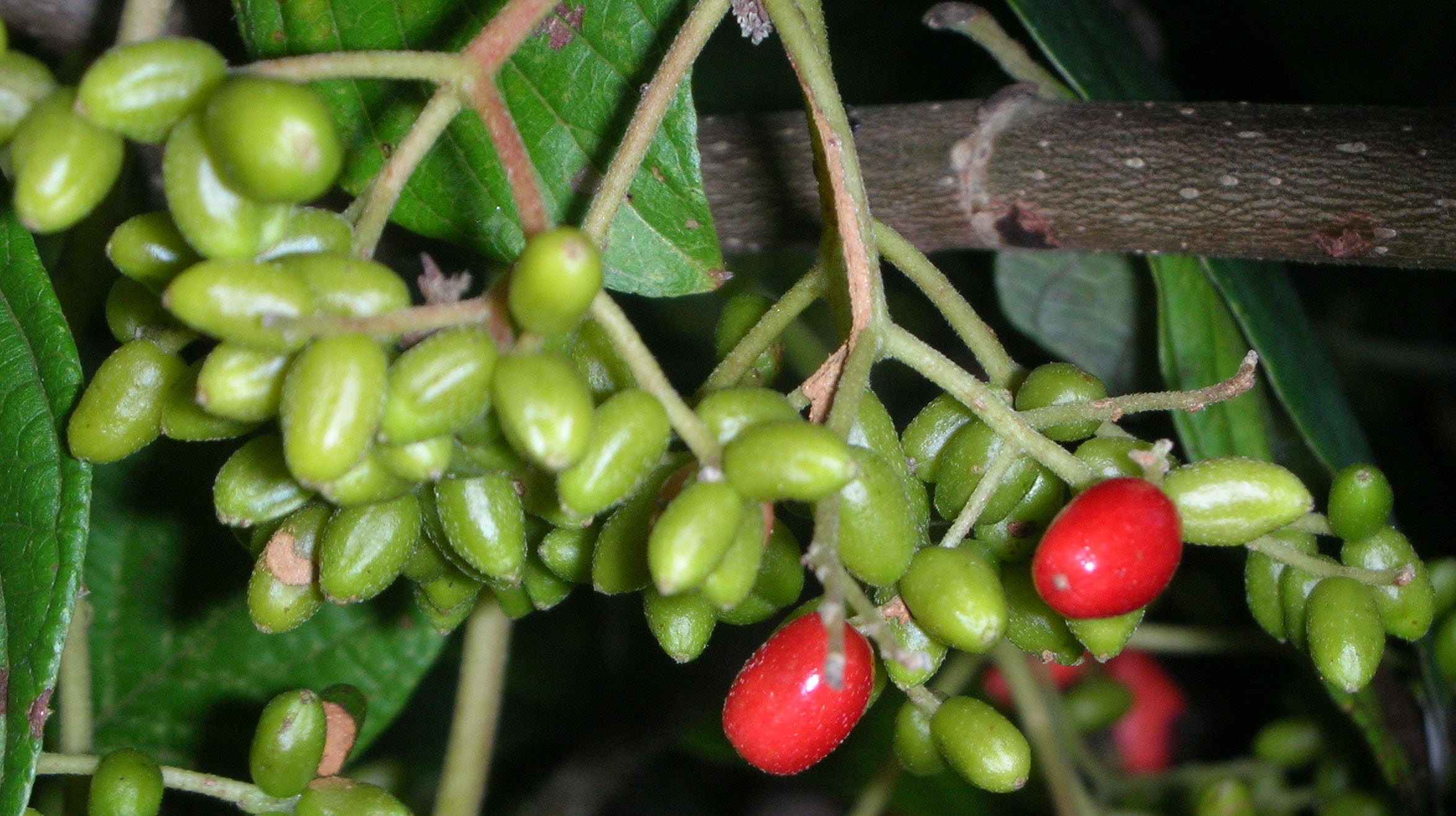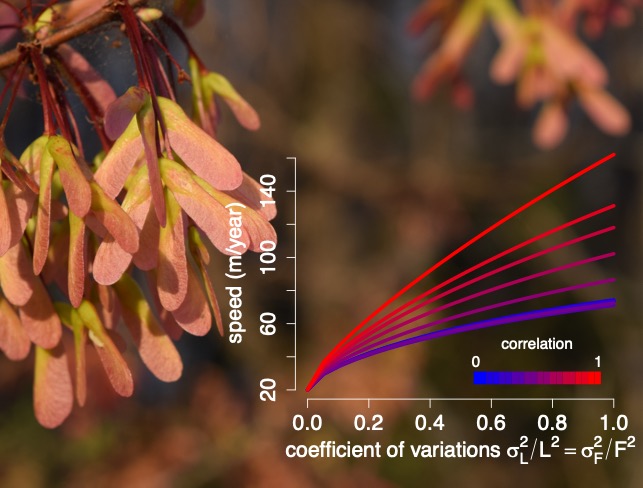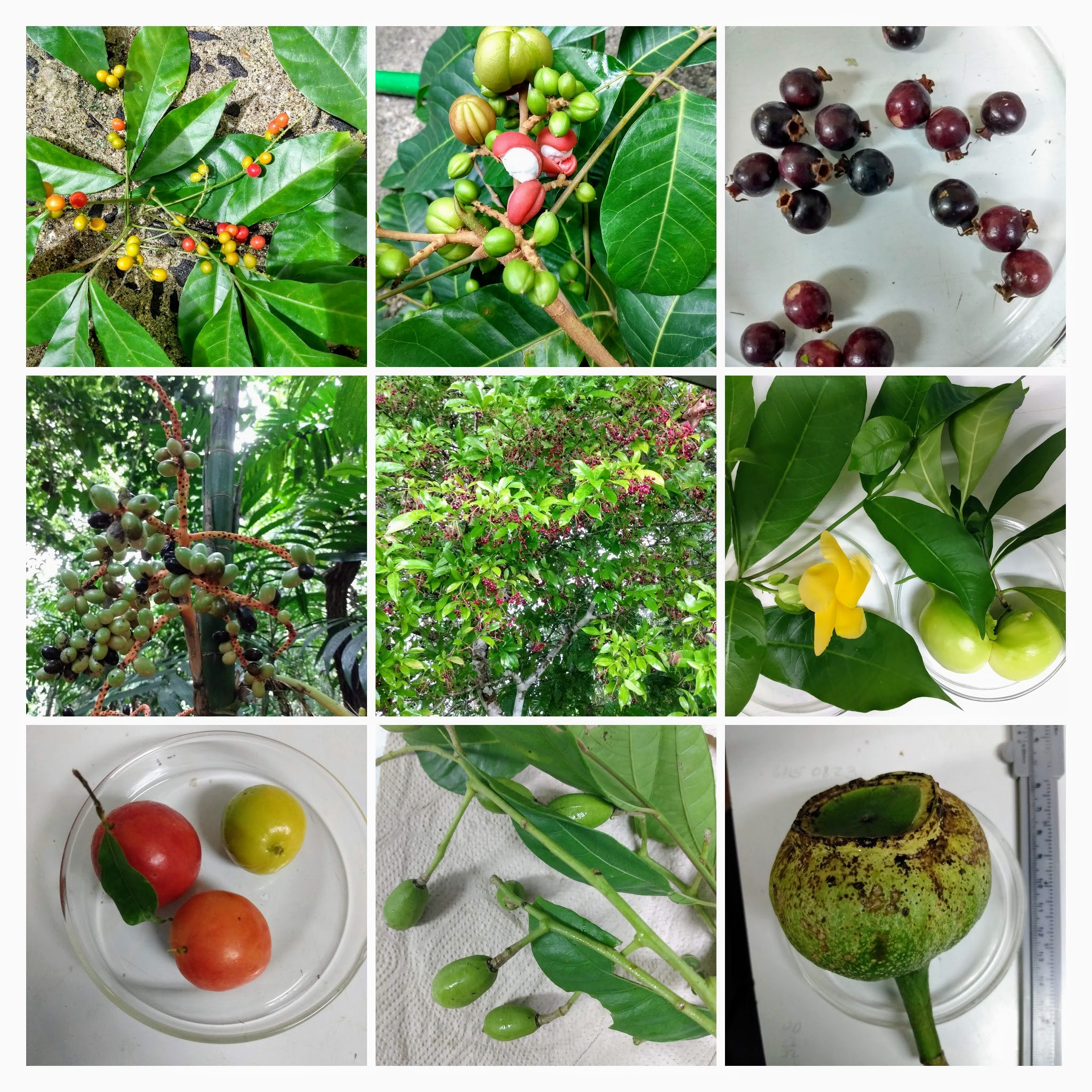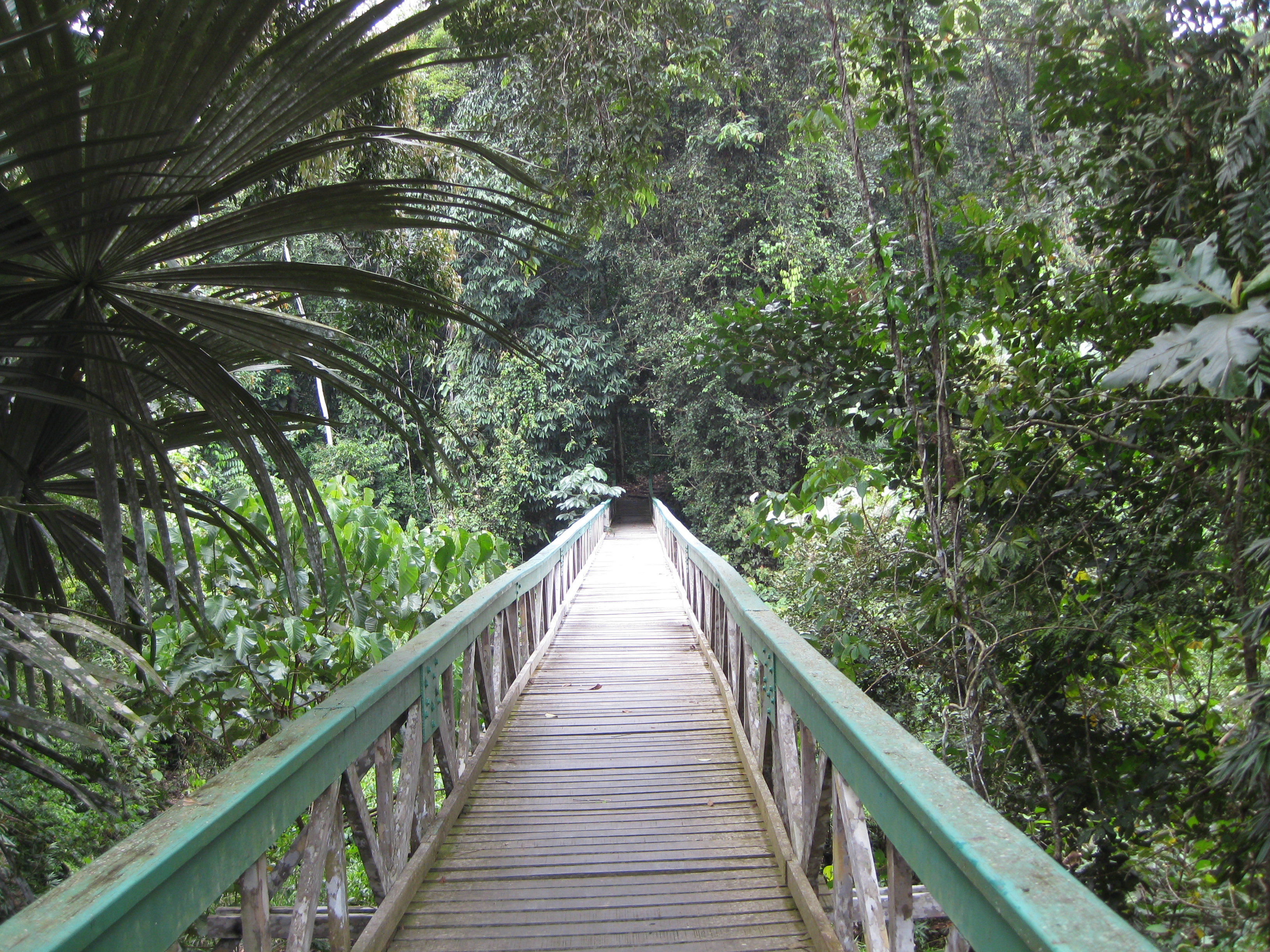Fruit Chemistry and Evolution
Why Do Plants Produce So Many Different Chemical Compounds?
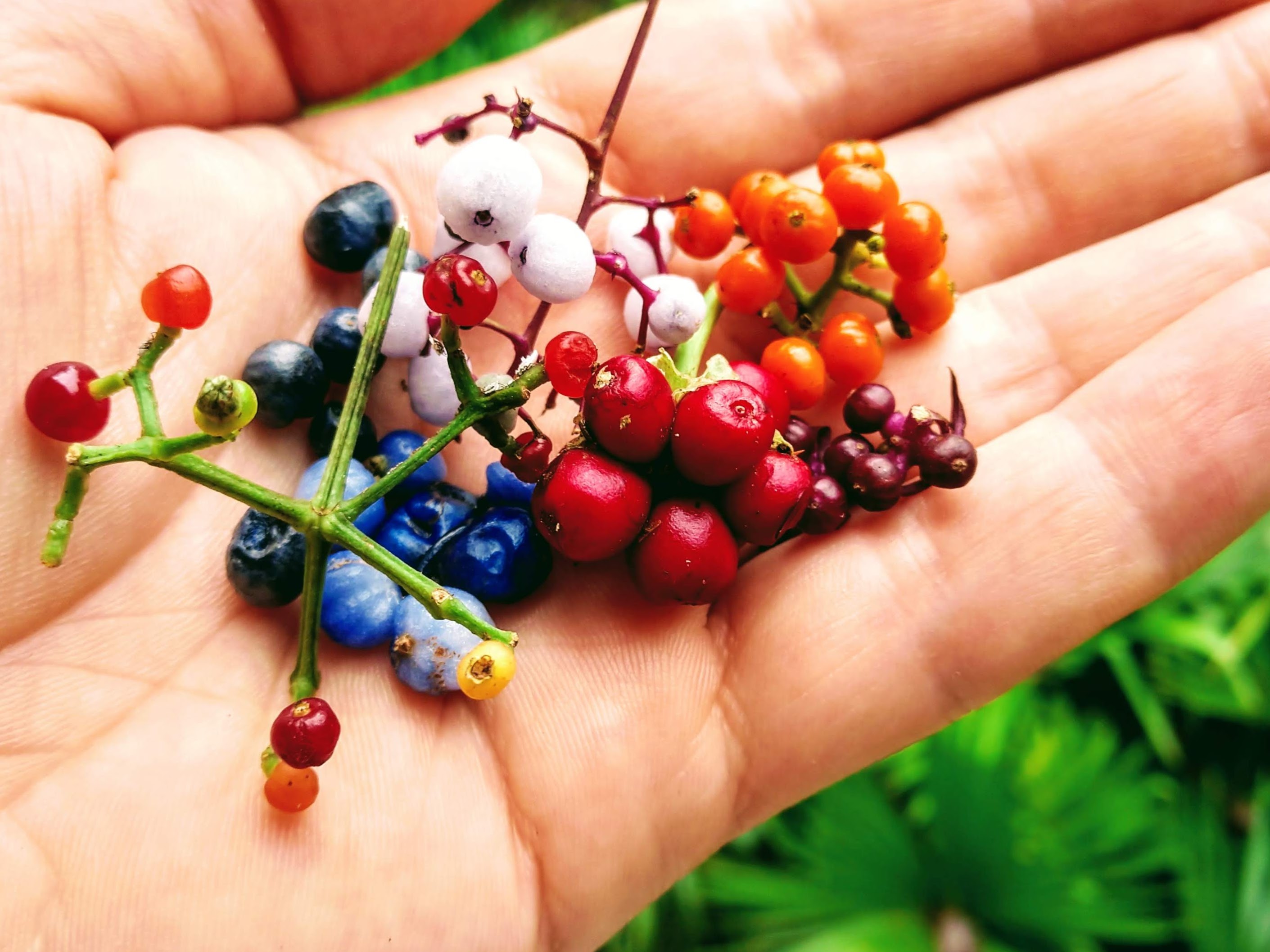
Plant chemistry represents an underappreciated dimension of biological diversity that is critical for mediating plant interactions and, ultimately, plant fitness. Metabolomics is a rapidly growing field with over 200,000 described secondary metabolites in the plant kingdom. While most theory and empirical research in plant chemical ecology has focused on the defense of leaves, fruits thread a more complicated chemical path, simultaneously defending against enemies and attracting seed dispersers. We hypothesize that much of the secondary metabolite diversity observed in plants has its origins in fruits, and, specifically, that the diverse selective pressures on fruit chemical traits are a major driver of phytochemical diversification and evolution at the whole-plant level (Whitehead et al. 2021).
crude extracts of fruit
To investigate patterns of allocation to chemical defenses and shifts in allocation with fruit development, Beckman quantified variation in toxicity between immature and mature fruit and between the seed and surrounding tissues for eleven woody species in Panama and evaluated its relationship to seed survival (Beckman 2013). Toxicity was measured using bioassays with both fungal pathogens (Phoma sp. and Fusarium sp.) and brine shrimp (Artemia franciscana). Results show that 1) dispersal mode matters for patterns of chemical defense, 2) toxicity varies across fruit development (i.e., comparing immature and mature stages), and 3) ripe, fleshy pulp toxicity is highly variable and, for some species, can be just as toxic or more toxic than mature seeds, immature pulp, or leaves (Beckman 2013). Relating toxicity of fruit tissues across development to plant performance, Beckman found seed germination across species increased with toxicity of immature fruit (Beckman 2013).Overall, patterns in fruit toxicity across dispersal modes and developmental stages are consistent with expected patterns based on the need to simultaneously attract dispersers and protect seeds from antagonists in animal-dispersed fruits.

We have funding from the National Science Foundation (NSF) Division of Integrative Organismal Systems and the Smithsonian Institute to fill this critical gap in plant evolutionary ecology using complementary approaches: comparative metabolomics, observational field studies, and phylogenetically-controlled experimentation. We are conducting this research in one of the most well-studied tropical forest systems on Earth, Barro Colorado Island (BCI), Panama–ideally suited with its high diversity of plants and consumers and wealth of existing data available from the Smithsonian Tropical Research Institute (STRI). As part of this overarching question, postdoctoral researcher Schneider is using metabolomics to investigate macroevolutionary patterns of diversification among ecologically distinct plant organs–fruit, leaves, and roots–across 21 sympatric Psychotria (Rubiaceae) species that share the same seed dispersers but differ in their herbivore communities.
